During the course of their conversation, the old man noticed a piece of timber propped up against the wall. He tapped it with his walking stick and said, "That's the stuff for my coffin."
Like many younger men confronted with morbid talk from the elderly, the carpenter dismissed the notion. Awkwardly, he shifted the discussion onto the plank itself, which was amongst many other similar pieces, arguing that it was nothing special. Plus there were plenty more here of much greater quality.
The old man was having none of it. "That's for my coffin right enough." He insisted, the tip of his stick touching a distinctive knot in the woodwork. "Just the stuff."
By and by, their brew supped, the gentleman left and the carpenter got on with his work. Days passed before he ever contemplated that timber again, and then it was only to fetch it for his workbench, in order to work it as part of a table.
But as soon as his plane touched the first rough edge, a loud knocking startled him into stopping.
Thinking it was someone at the front door requesting entrance, he called, "Come on with you. It's open." Nothing. "Come on." No-one. He checked outside, there was nobody even close by in the street. He attempted to work again. The knocking came as soon as he set tool to plank. It happened three times in all, before the carpenter noticed that knot in the timber and realized it was the old man's coffin wood.
Slightly spooked, he set it aside, out in the yard beyond the workshop. It wasn't like there was anything special about it. He just picked up the next plank for the table.
Within days, the news came along with a commission. The old man was dead, would he make the coffin? The carpenter was saddened, but started immediately on the big job of making his friend's final resting place. He reached for some wood and realized with shock that the timber in his hand bore that same distinctive knotwork.
His apprentice had found the plank aside and, thinking it dropped or misplaced, he'd returned the plank to where it should be stored. It was therefore the topmost piece of timber, when the carpenter came to create the coffin.
Needless to say that this time there was no knocking, as the timber was used for the purpose bestowed by the man it was destined to keep.


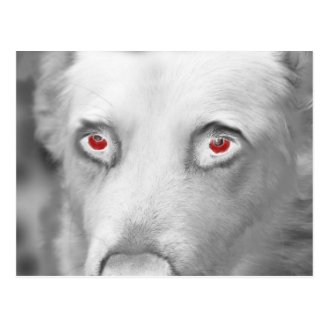










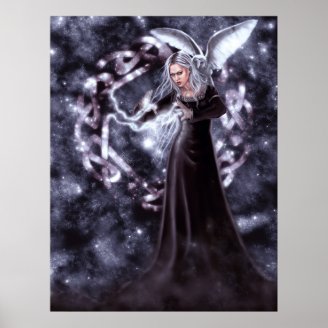


















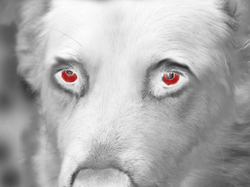

 St Tydecho's Churches in West Waleson 09/03/2014
St Tydecho's Churches in West Waleson 09/03/2014
 Goodies for an Outlander Premiere Partyon 03/06/2015
Goodies for an Outlander Premiere Partyon 03/06/2015
 Holocaust Memorial Day Interview with Rainer Höss, Grandson of Rudolf Architect of Auschwitzon 01/24/2015
Holocaust Memorial Day Interview with Rainer Höss, Grandson of Rudolf Architect of Auschwitzon 01/24/2015
 Romantic Valentine Gifts for an Outlander Fanon 01/16/2015
Romantic Valentine Gifts for an Outlander Fanon 01/16/2015

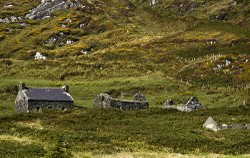
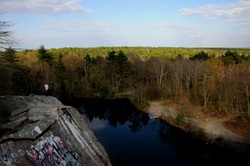
Comments
Ho frightening! And Creepy
I can take you to any of those creepy places. :) I'm not really selling this, am I?
Ok, Ember, how would you like to go to a hotspot for Gwrach-y-Rhibyn? Who I'm mostly convinced was an aspect of Morrighan, left here by the Irish on a slave raid circa... well... could be any time prior to about the 8th or 9th century really. Minus the bit where Ireland went Catholic. Mmmm. Make it prior to about the 2nd or 3rd centuries.
She's now a preternatural death omen type, who'll rip you to shreds as soon as look at you.
I'll work on this...
and yeah, hence my obsession with Her.
Well this has been a creepy read.
I mean, the whole thing puts a new perspective on your fiction. But also so does the thought that you've seen Gwrach-y-Rhibyn. WHAT. You saw her and that was it?
It sounds like you're my kind of person! Yes, things like this utterly fascinate me, so I love looking into them. The Cwn Annwn would be terrifying to meet, if you weren't ready to go.
I am fascinated by your experience with the Gwrach-y-Rhibyn sighting, oh my! I've not heard of this, but do enjoy folklore, legends, and such, so will definitely return for a more thorough read and check into the books you've shared. That Cwn Annwn dog postcard is haunting!
I will check that out. Thank you.
There was a petition, but it was not signed much. The story of the tea party was in the Independent, 1st September, 2014.
No, I wasn't. But that sounds amazing. Perhaps we should start the petition if none exists.
Were you at the Grand Witches Tea Party at Exeter? If there is a petition to exonerate the poor ladies executed in 1692 I will sign it.
I can categorically confirm that Wiccans do not worship the Devil. He's not even part of our pantheon, unless it's a Christian Wiccan involved.